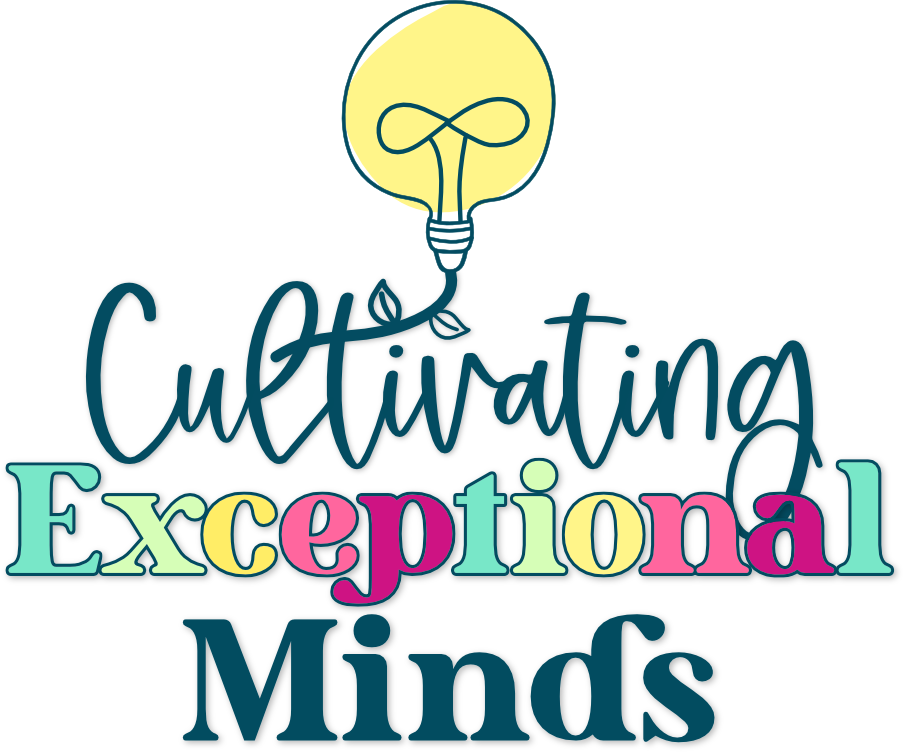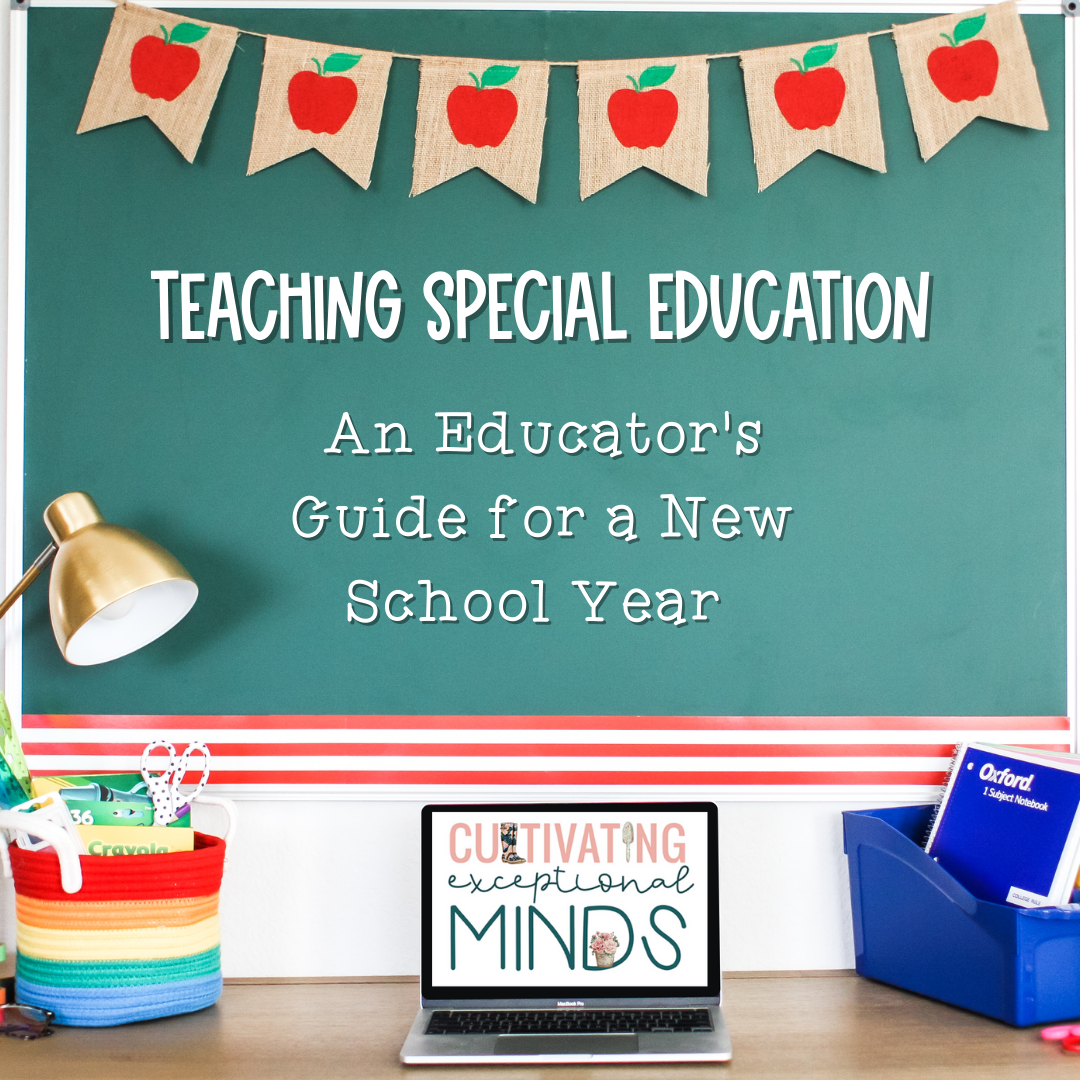Teaching Telling Time in Special Education
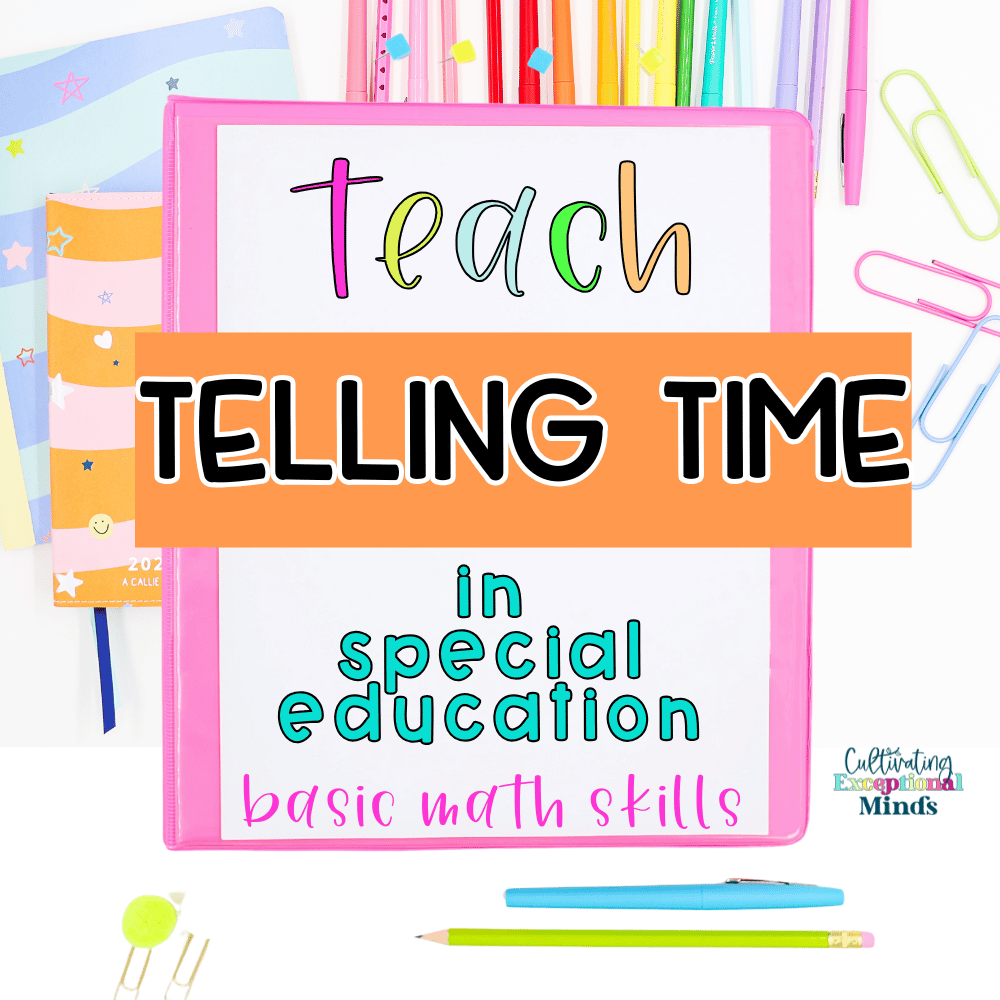
Teaching the concept of time in a special education classroom can seem daunting, but it’s a vital life skill that builds independence and confidence. Whether it’s learning to read an analog clock, matching digital times, or understanding how a daily schedule flows, these skills are central to empowering your students. The Differentiated Telling Time Worksheets Bundle for Special Education offers you the tools to teach these concepts effectively while keeping your students engaged.
Why Telling Time Matters in Special Education
Telling time isn’t just about reading clocks—it’s about understanding routines, managing time, and fostering independence. For special education students, mastering these skills can open doors to greater self-reliance and contribute to their overall growth. By breaking down the concept into manageable steps, we can set them up for success.
Features of the Telling Time Worksheets Bundle
This bundle was thoughtfully designed for special education classrooms and includes:
- Differentiated worksheets for reading analog and digital clocks.
- Activities for time to the hour, half-hour, quarter-hour, and five-minute intervals.
- Interactive cut-and-paste exercises to strengthen fine motor skills and comprehension.
- Visual supports and IEP-aligned goals for structured learning.
- Schedule-based practice to help students connect time-telling with daily routines.
- Seasonal expansion packs to keep the material engaging all year.
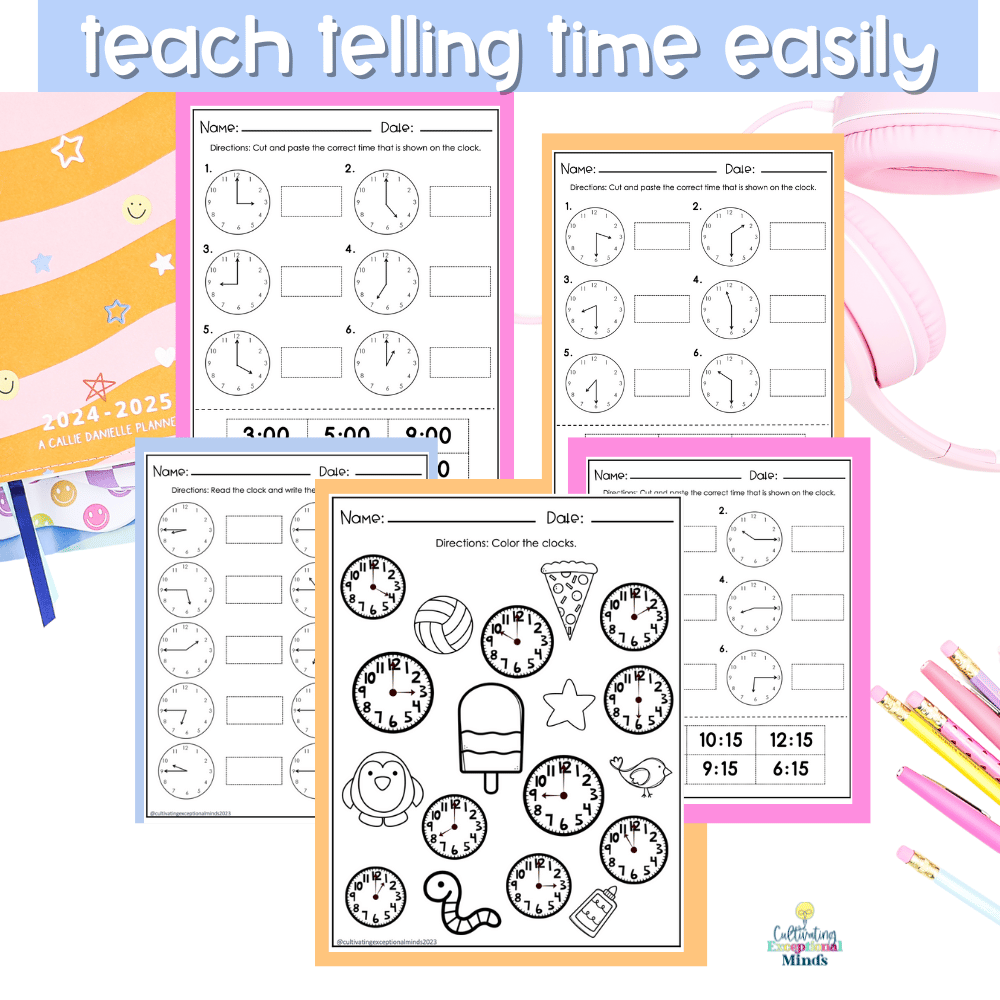
Strategies for Teaching Telling Time in Special Education
- Start with Basics: Analog vs. Digital Clocks Introduce students to the difference between analog and digital clocks using hands-on activities like matching clock faces to digital times.
- Incorporate Visual Aids Use posters, real clocks, and the worksheets from this bundle to create a visually rich learning environment.
- Practice with Daily Schedules Help students connect time-telling with their own routines by creating personalized schedules. The worksheets include practice questions like “What happens before lunch?” or “What time do we go home?”
- Use Repetition and Real-Life Practice Consistent practice is key! Assign activities from the bundle daily and reinforce concepts during circle time or morning meetings.
- Incorporate Games and Interactive Activities Turn learning into play with telling time games, digital slides, or even creating a classroom schedule together.
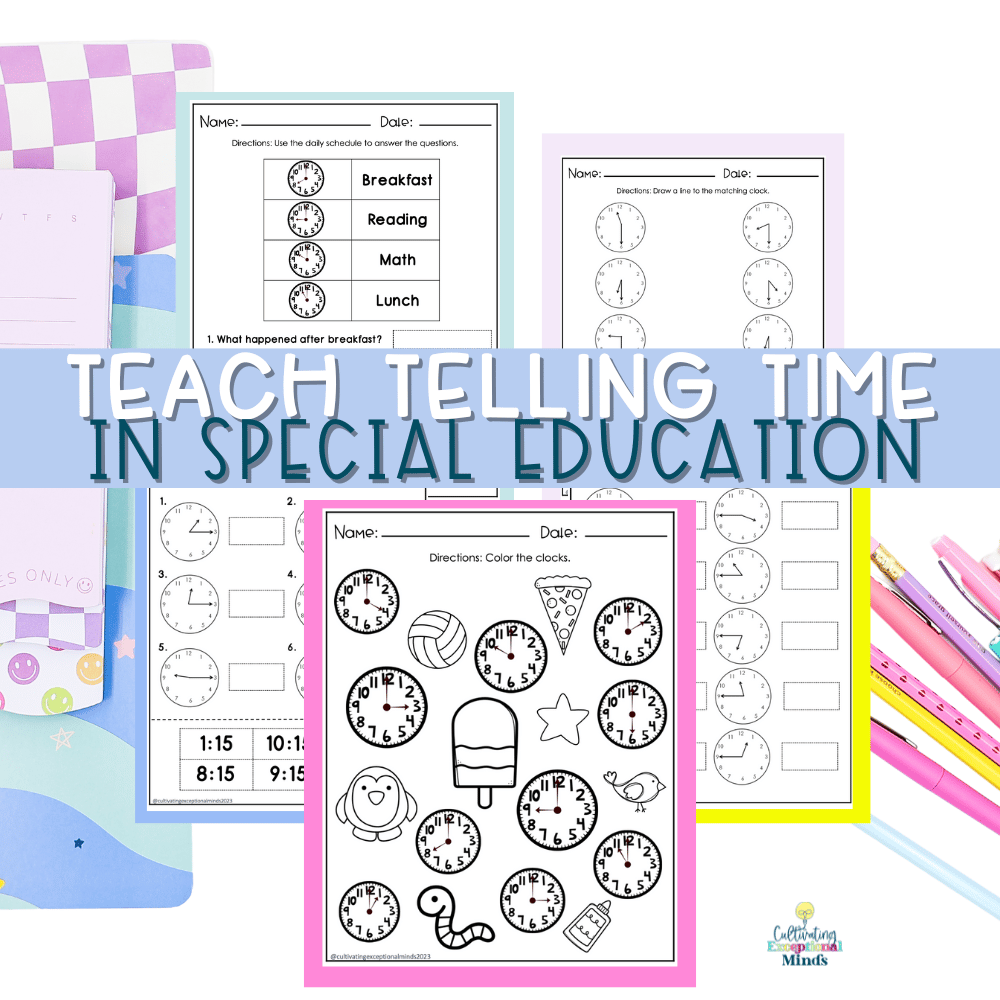
Bonus Freebie and Expansion Packs
We’re excited to share a free 4-page sampler from the Telling Time Worksheets Bundle! Use this to kickstart your students’ journey to mastering time.
For More Special Education Math Ideas
Looking for more ways to enhance your special education math curriculum? Check out our blog post on Teaching Counting to 50 for hands-on strategies and differentiated tools. Or explore our Special Education Math Curriculum Bundle for a complete set of engaging resources.
